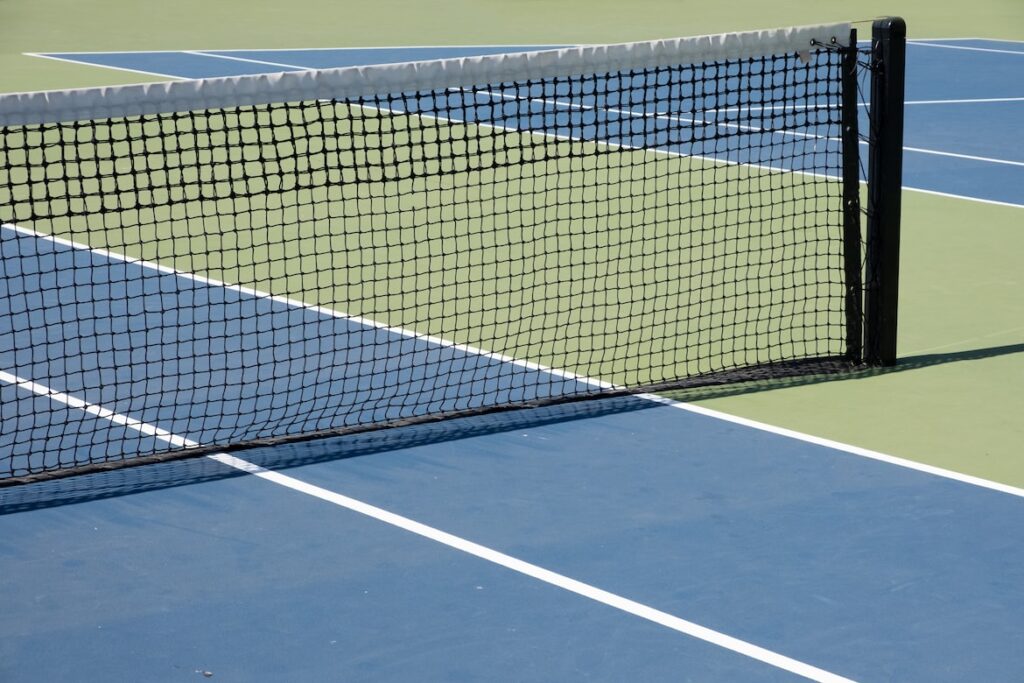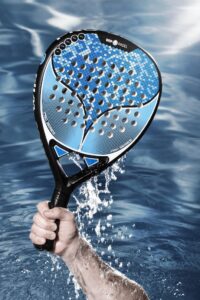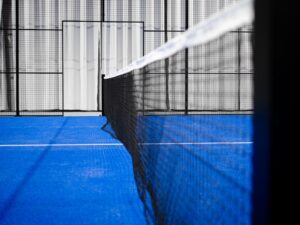The Ultimate Guide to Reading Your Opponent’s Serve in Padel
3 min read
The Ultimate Guide to Reading Your Opponent’s Serve in Padel
Greetings, fellow padel enthusiasts! Today, we are delving into the art of reading your opponent’s serve in this exhilarating sport. Padel is much more than just striking the ball back and forth — it’s about clever tactics, strategy, and a little bit of mind-reading. So, grab your favorite padel racket and let’s dive into the ultimate guide on how to read your opponent’s serve in padel!
Mastering the Mind Games
Padel, a unique mix of tennis and squash, requires a deep understanding of your opponent’s mindset. Reading their serve is like unlocking the secrets of their game plan. By anticipating their moves, you can gain an edge and turn their strengths into weaknesses.
But how can we become masters of this mind game? Let’s uncover some valuable techniques:
The Three Golden Hints:
1. The Toss: Pay close attention to your opponent’s toss. The height, placement, and spin direction can reveal vital clues about their intended serve. Is the toss high? It might be an indication of a powerful flat serve. Is it to the right or left of their body? Prepare for a slice or kick serve. The toss is the initial treasure map, guiding you towards their serve strategy.
2. The Body Stance: Like a true detective, observe your opponent’s body stance just before they strike the ball. Are their hips or shoulders rotated? This might indicate a cross-court serve. If their body remains square to the net, a more direct serve down the line is likely in the works. By understanding their body language, you’ll be able to position yourself accordingly and gain an advantage in returning their serve.
3. The Racket Position: Your opponent’s grip and paddle position can provide essential information. A continental grip suggests an upcoming flat serve, while an eastern grip may indicate a slice or topspin serve. If their paddle is positioned more vertically, brace yourself for a lob serve, aiming to send the ball high over your head. By studying their racket, you’ll be better prepared to counter their serve with skill and precision.
The Power of Observation:
Now that we’ve uncovered the golden hints to reading your opponent’s serve in padel, it’s time to put our observation skills to the test. During warm-ups or even in previous games, watch your opponent closely. Analyze their patterns, the types of serves they favor, and their favored locations. Are they more comfortable with a cross-court serve or a deep serve down the line? Do they tend to mix it up with spin variations?
By taking mental notes, you create a padel playbook specifically tailored to your opponent. You’ll be able to predict their next move even before their paddle makes contact with the ball. And when you can read their serve and anticipate their shots, victory will be within your grasp.
Play the Game, Not the Player
While reading your opponent’s serve is crucial, remember that adaptability is equally important. A skilled player will use tactical variations to keep you on your toes. Stay flexible and adjust your approach as the game progresses. Use your insights to guide your initial positioning, but don’t be afraid to switch it up if necessary.
Additionally, keep your focus sharp and your footwork swift. Reading your opponent’s serve will only get you so far if you’re not prepared to return it with precision and accuracy. Remember, padel is a dynamic sport that requires a balance of observation, anticipation, and technical skills.
Become the Padel Mind Reader!
Now armed with the ultimate guide on how to read your opponent’s serve in padel, it’s time to put your newfound knowledge into practice. Embrace the mind games, study your opponent’s tells, and adapt your position accordingly. By nurturing these skills, you’ll soon become a padel expert capable of predicting and intercepting your opponent’s serve with ease.
So, my fellow padel aficionados, go forth and conquer the court. The serve is no longer a mystery—it is your gateway to victory!







